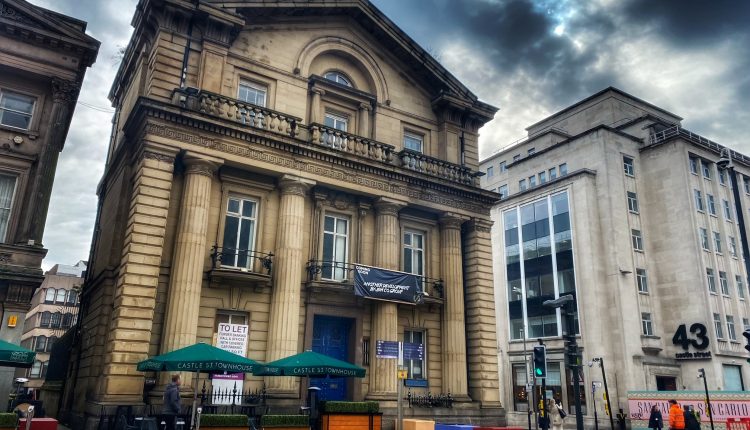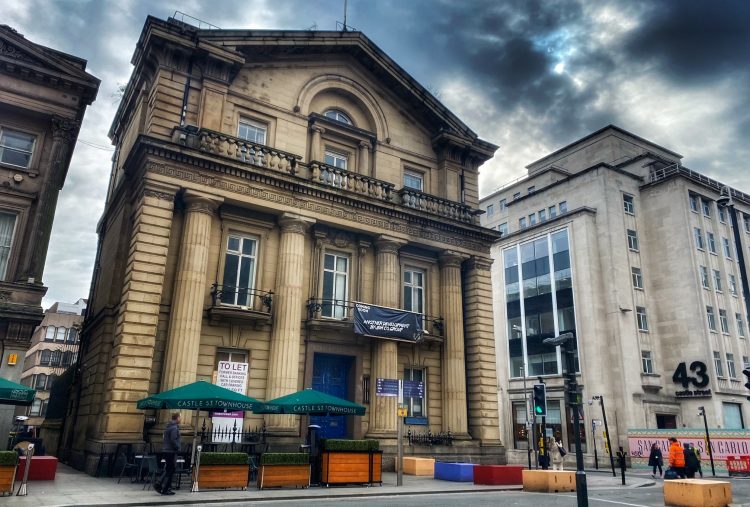
Iconic restaurant brand The Ivy is set to come to Liverpool for the first time, a city council document reveals, and will be located in a Grade I-listed city centre building. Tony McDonough reports

A Grade I-listed building in Liverpool city centre will be home to the first Ivy restaurant in the city.
Well established in London, The Ivy has become a celebrity haunt. There are now two outlets of the brand in Manchester. Now the former Bank of England building in Castle Street is revealed as its latest planned location.
Troia (UK) Restaurants has submitted a planning application to Liverpool city council to open a restaurant in the historic building which has sat on the corner of Castle Street and Cook Street for 175 years.
In August 2023 Liverpool developer JSM secured planning consent to convert it into a restaurant and private dining facility. The planning committee gave the green light to the project following the recommendation of planning officers.
In May last year JSM property and assets manager, Matt Crebbin, told LBN there was interest from a number of restaurant operators in the Castle Street building.
Once described as a “masterpiece of Victorian architecture” the Bank of England building in Castle Street was completed in 1848. It was designed by Charles Robert Cockerell and built in a neoclassical style.
Its features are influenced by a number of styles including Greek, Roman and Renaissance. It was Grade I-listed in 1952. The Bank of England left in 1987 and it was occupied by the TSB Bank for a few years in the 1990s.
In April 2015 it was occupied for almost two weeks by political activists, known as Love Activists, who turned it into an illegal homeless shelter. They were eventually evicted by the police. The building has remained empty ever since.
In the planning document council officers have said of the building: “Its scale and powerful design language evidences the importance of Liverpool as a highly influential centre of commerce and trade.”
